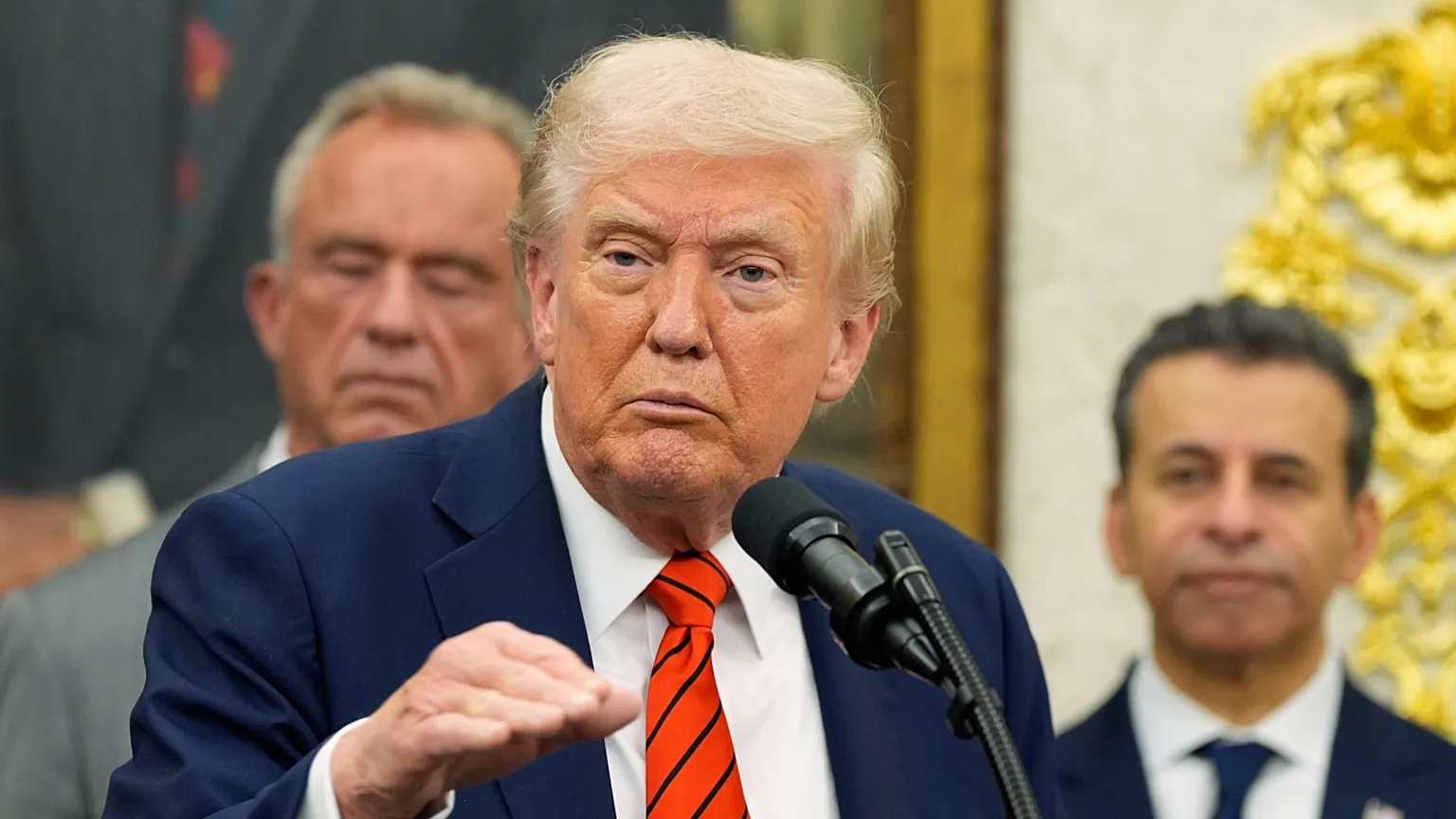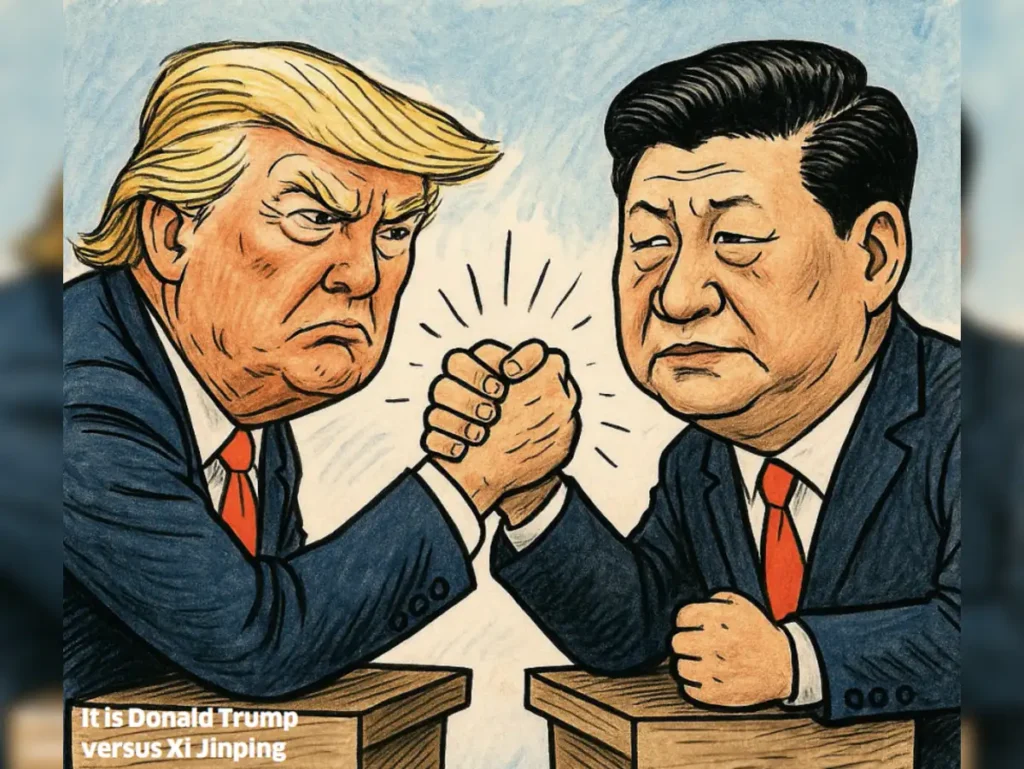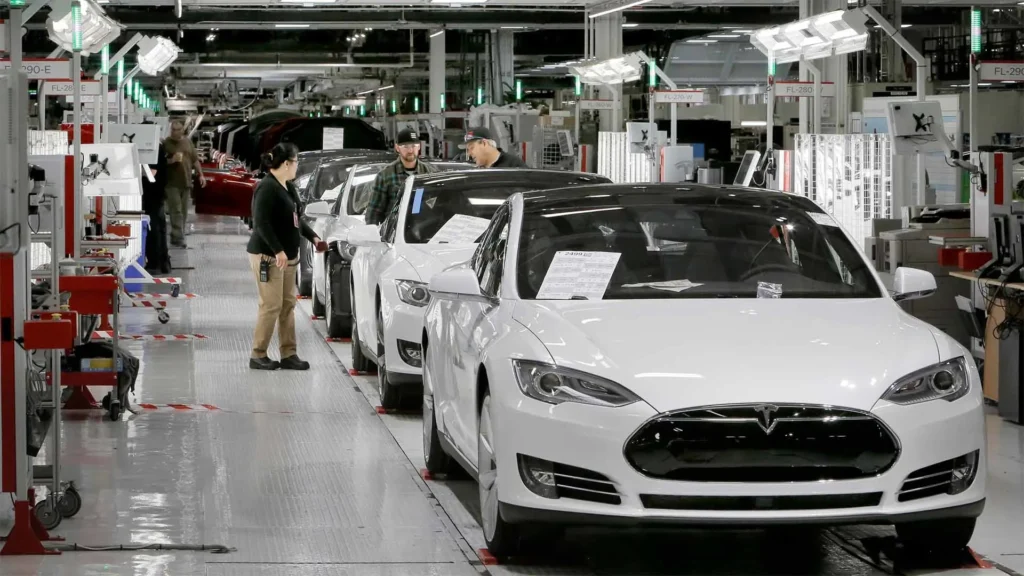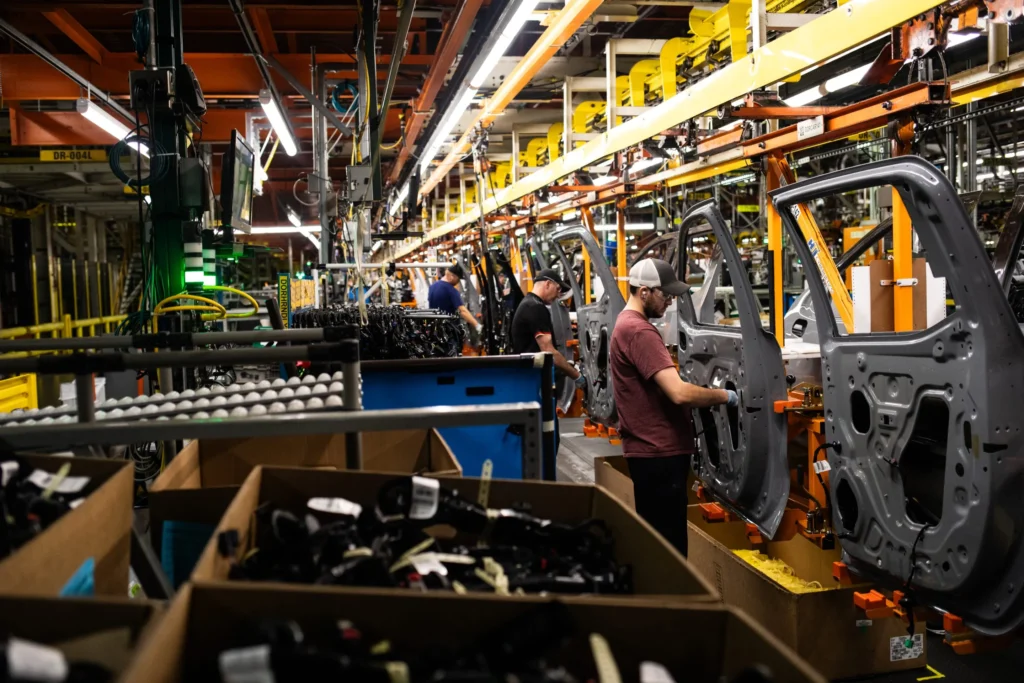
Trump’s 100% China Tariffs: Is America Heading for a New Trade Age?
Introduction
The economic rumbles have begun again. In a surprising, headline-grabbing move, President Donald Trump announced a 100% tariff on all imports from China, set to take effect next month. The global financial community is buzzing. Will this spell doom for U.S.-China relations, or is it a wake-up call for American manufacturing? Let’s unpack what happened, why it matters, and what could come next for businesses and consumers.
Why 100% Tariffs and Why Now?
Economic tension between the U.S. and China isn’t new, but this jump to 100% tariffs marks a dramatic escalation. At its core, the decision responds to China tightening its grip on “rare earth” minerals—critical components in smartphones, electric vehicles, and modern tech. China’s new restrictions sent shockwaves through supply chains, raising fears about shortages and price surges.
Trump’s gamble is twofold: punish China for its export controls and pressure American firms to bring production home. “We won’t be held hostage,” he declared on social media, framing the tariffs as a patriotic play to safeguard the U.S. economy.
How Will This Affect Everyday Life?
Let’s get practical. What does a 100% tariff mean for a college student buying a new laptop, a car company in Detroit, or a small tech startup in Austin?
- Higher prices: Electronics, toys, and appliances could see price tags soar by 10-30%.
- Supply chain headaches: Companies that rely on Chinese components will scramble for alternatives, facing delays and uncertainty.
- Potential job growth—maybe: Some hope American manufacturing will make a comeback, but rebuilding factories and supply chains takes years, not months.
Economists warn that consumers are most likely to feel the pinch. When companies pay more for imports, some of that cost always gets passed along to shoppers.
Winners, Losers, and the Global Ripple Effect
Wall Street isn’t feeling hopeful. Markets slipped as news hit, reflecting investor worries about slowed growth and choppier global trade.
But there are possible winners:
- American steel and manufacturing could get a boost as imports become less competitive.
- Emerging markets like Vietnam, Mexico, and India might gain business as companies look for new suppliers.
- Political hawks in both countries will find fuel for their narratives.
However, tech companies and retailers are bracing for disruption. Apple, Tesla, and countless others depend heavily on Chinese factories. Some analysts predict companies will split supply chains, creating “China” and “non-China” versions of their products.
Is This the Start of a Long War—or a Bargaining Chip?
Trade conflicts are rarely about numbers alone. Trump’s move comes with the threat of talks breaking down and both sides losing long-term trust.
- Some see it as leverage before an upcoming summit with China’s Xi Jinping.
- Others fear it’s a sign the era of free global trade is ending.
Previous tariff rounds led to temporary truces and ongoing negotiations. Some experts say this bold move could actually force both countries back to the table—though there’s risk it backfires and deepens the economic rift.
What Should We Watch Next?
For businesses and ordinary people, questions remain:
- Will tariffs really lead to more American jobs and factories?
- How quickly can companies pivot away from Chinese suppliers?
- Will Beijing retaliate with its own restrictions—perhaps on exports of tech goods or agricultural imports?
For now, uncertainty is the only guarantee. As the news unfolds, both opportunity and risk are in the air.
Final Thought
This is more than just another trade spat. The decisions made in the weeks ahead could redefine what “Made in America” means, impact global innovation, and even shape the price of your next cell phone. Stay tuned—America’s economic future may be on the line.











